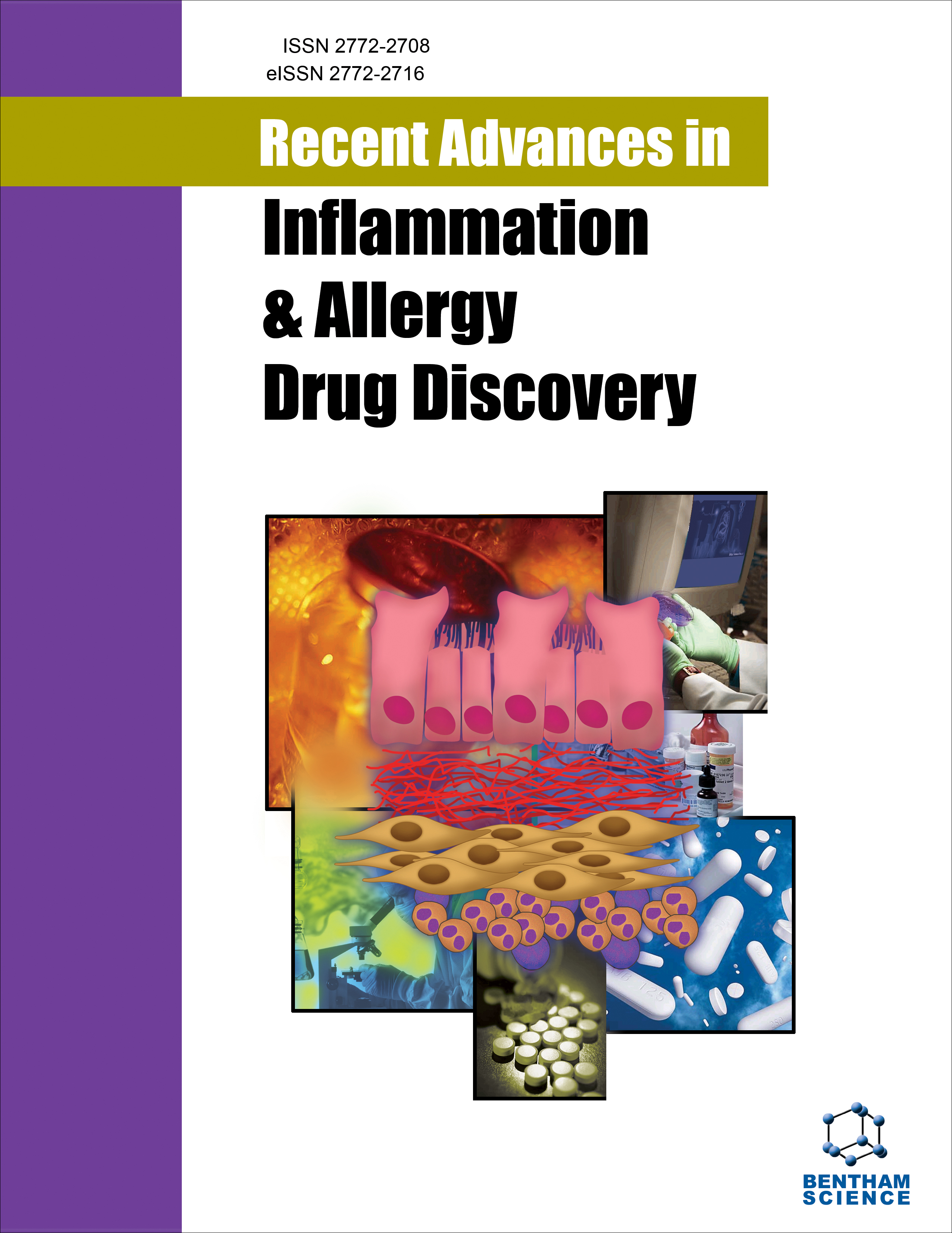
Full text loading...
We use cookies to track usage and preferences.I Understand
Cutaneous leishmaniasis (CL) is a parasitic disease with a significant burden in the Old World countries.
In the current study, some of the primary biochemical properties and IFN-γ inducing epitopes with specific binding capacity to human and mouse MHC alleles were predicted for Leishmania major gp46 antigenic protein.
Several online servers were used to predict physico-chemical traits, allergenicity, antigenicity, transmembrane domain and signal peptide, subcellular localization, post-translational modifications (PTMs), secondary and tertiary structures, tertiary model refining with validations. Also, IEDB web server was used to predict mouse/human cytotoxic T-lymphocyte (CTL) and helper T-lymphocyte (HTL) epitopes.
The 33.25 kDa protein was stable, hydrophilic, antigenic, while non-allergenic, with enhanced thermotolerance and 45 PTM sites. The secondary structure encompassed a random coil, followed by extended strands and helices. Ramachandran-based analysis of the refined model showed 73.1%, 21.6%, 3.4% and 1.9% of residues in the most favored, additional allowed, generously-allowed and disallowed regions, respectively. Epitope screening demonstrated 4 HTL epitopes against seemingly protective HLA alleles, 5 HTL epitopes against the HLA reference set, 3 human CTL epitopes and a number of mouse MHC-restricted epitopes.
This paper provides insights into the bioinformatics characteristics of the L. major gp46 protein as a promising vaccine candidate.

Article metrics loading...

Full text loading...
References


Data & Media loading...
Supplements

